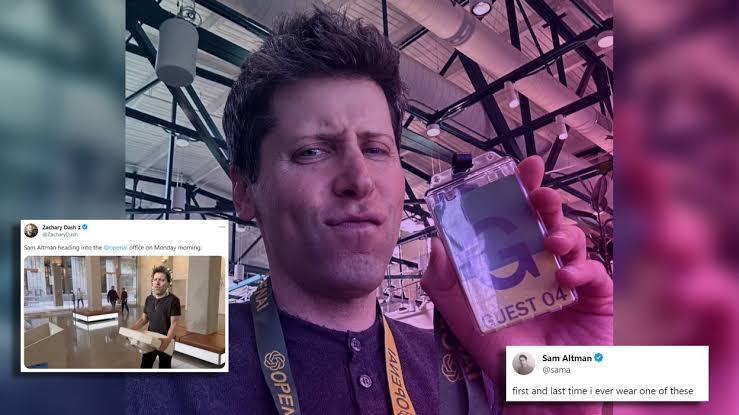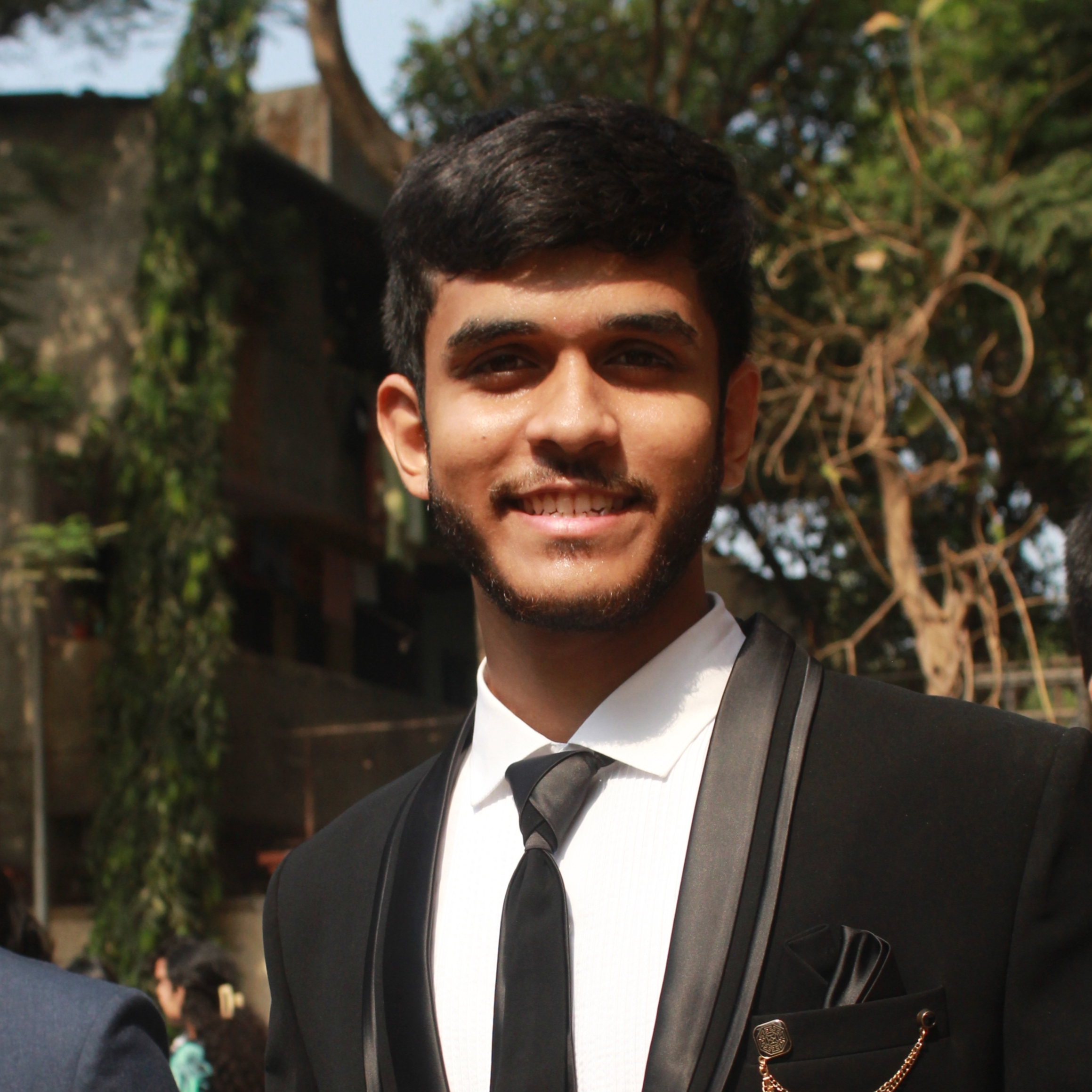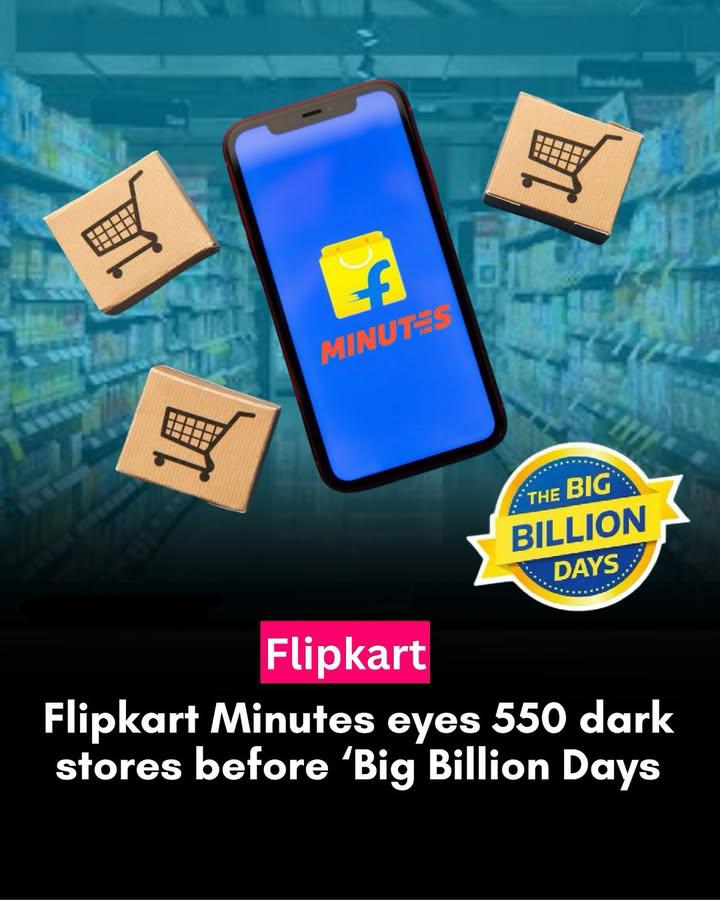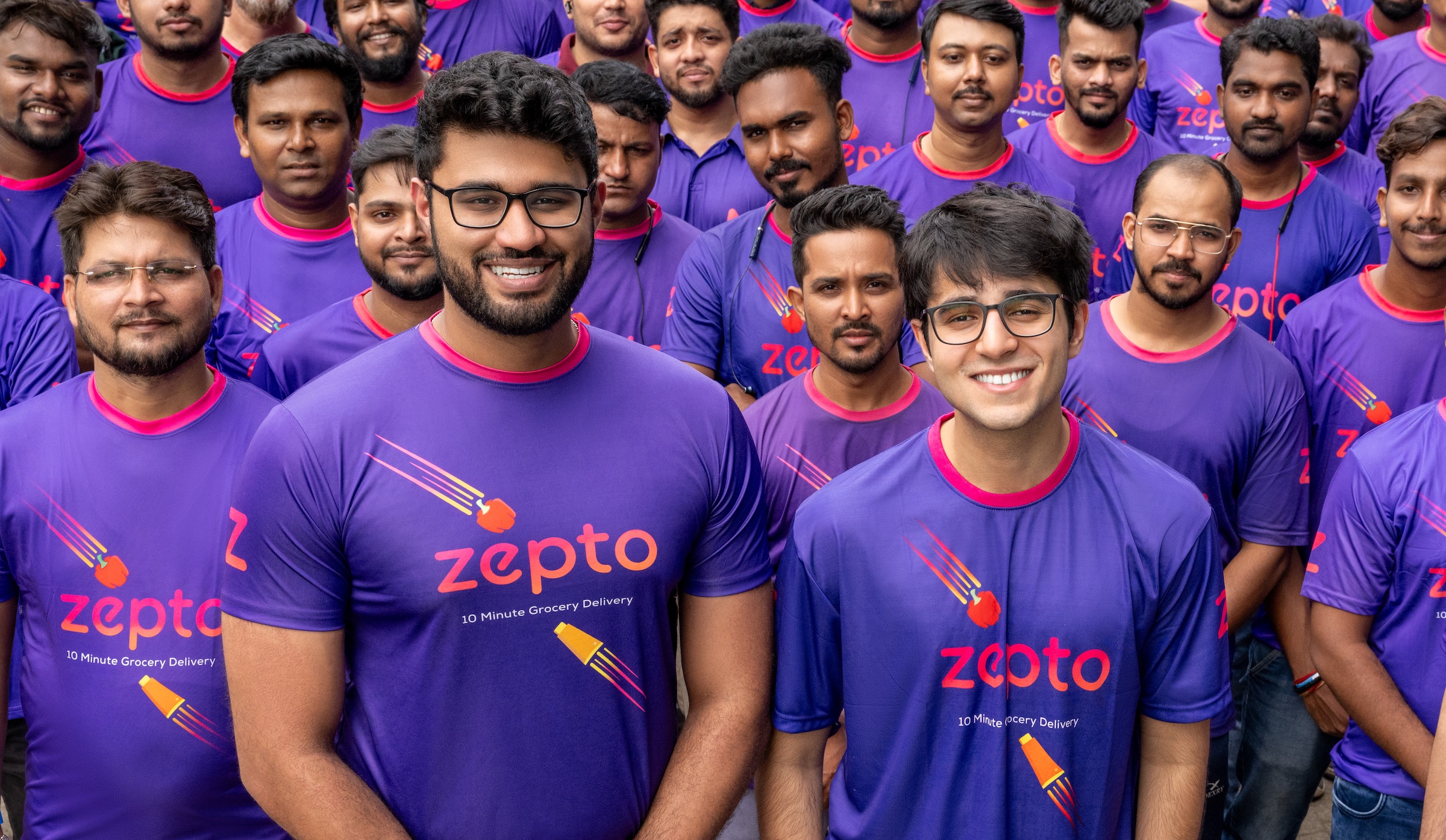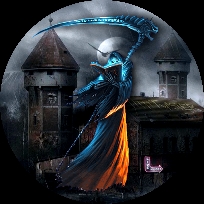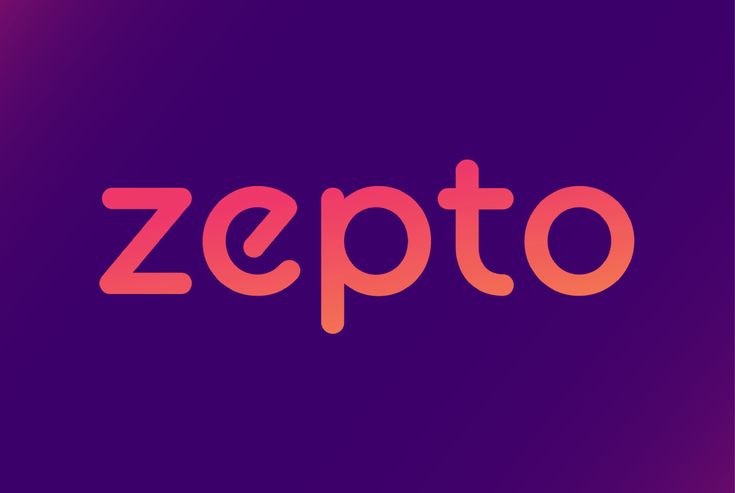Back
Vishu Bheda
•
Medial • 9m
𝗗𝗮𝘆 𝟲 𝗼𝗳 𝗧𝗵𝗲 𝗜𝗻𝗱𝗶𝗮𝗻 𝗦𝘁𝗮𝗿𝘁𝘂𝗽 𝗪𝗮𝗿 𝗦𝘁𝗼𝗿𝗶𝗲𝘀: 𝗭𝗲𝗽𝘁𝗼 𝘃𝘀. 𝗕𝗹𝗶𝗻𝗸𝗶𝘁 – 𝗧𝗵𝗲 𝟭𝟬-𝗠𝗶𝗻𝘂𝘁𝗲 𝗗𝗲𝗹𝗶𝘃𝗲𝗿𝘆 𝗕𝗹𝗼𝗼𝗱𝗯𝗮𝘁𝗵 𝟮𝟬𝟮𝟭 – 𝗔 𝗡𝗲𝘄 𝗥𝗲𝘃𝗼𝗹𝘂𝘁𝗶𝗼𝗻 𝗶𝗻 𝗚𝗿𝗼𝗰𝗲𝗿𝘆 𝗗𝗲𝗹𝗶𝘃𝗲𝗿𝘆 For decades, grocery shopping in India was simple but slow. You either bought essentials from your neighborhood kirana store or ordered online and waited for next-day delivery. But in 2021, a radical shift happened—instant grocery delivery in just 10 minutes. At the center of this revolution stood two ambitious players: Zepto – A fresh, young startup betting on ultra-fast deliveries to disrupt the market. Blinkit (formerly Grofers) – A struggling veteran that made a daring pivot to survive. What followed was one of the most aggressive wars in India’s startup history. --- 𝗭𝗲𝗽𝘁𝗼 – 𝗧𝗵𝗲 𝗕𝗼𝗹𝗱 𝗡𝗲𝘄 𝗖𝗵𝗮𝗹𝗹𝗲𝗻𝗴𝗲𝗿 In 2021, two 19-year-old Stanford dropouts, Aadit Palicha and Kaivalya Vohra, returned to India with a vision: Why should grocery delivery take hours when it can be done in minutes? They introduced the dark store model, a game-changing approach where: Micro-warehouses were placed strategically within high-demand areas. A limited but high-demand inventory ensured fast packing and dispatch. AI-driven logistics optimized rider routes for speed. With this model, Zepto promised 10-minute deliveries, and customers loved it. In just a few months, Zepto scaled rapidly and became the face of quick commerce in India. But while Zepto was innovating, a former industry leader was on the verge of collapse. --- 𝗕𝗹𝗶𝗻𝗸𝗶𝘁 – 𝗔 𝗩𝗲𝘁𝗲𝗿𝗮𝗻’𝘀 𝗛𝗶𝗴𝗵-𝗦𝘁𝗮𝗸𝗲𝘀 𝗖𝗼𝗺𝗲𝗯𝗮𝗰𝗸 Founded in 2013, Grofers was once a major player in online grocery delivery. But by 2021, its traditional next-day model was struggling, and Zepto’s rise was a direct threat. Faced with declining relevance, founder Albinder Dhindsa made a bold move: Grofers rebranded to Blinkit overnight. They shut down slow deliveries completely. They restructured their supply chain to match Zepto’s 10-minute promise. This pivot wasn’t just risky—it was necessary for survival. With a strong brand presence and experience, Blinkit quickly fought back and became Zepto’s biggest competitor. --- 𝟮𝟬𝟮𝟮 – 𝗧𝗵𝗲 𝗕𝗮𝘁𝘁𝗹𝗲 𝗚𝗲𝘁𝘀 𝗙𝗶𝗲𝗿𝗰𝗲 As demand for instant groceries exploded, both startups went into aggressive expansion mode: Zepto raised $360 million, scaling rapidly across metro cities. Blinkit secured a $700 million acquisition deal with Zomato, gaining a major financial boost. For a while, it was a two-player war. But then, a new challenger emerged. --- 𝟮𝟬𝟮𝟯 – 𝗦𝘄𝗶𝗴𝗴𝘆 𝗜𝗻𝘀𝘁𝗮𝗺𝗮𝗿𝘁 𝗗𝗶𝘀𝗿𝘂𝗽𝘁𝘀 𝘁𝗵𝗲 𝗚𝗮𝗺𝗲 Swiggy, a dominant force in food delivery, saw the quick commerce boom and launched Instamart. Leveraging its existing fleet and customer base, Swiggy became a serious competitor overnight. Meanwhile, BigBasket, backed by Tata, launched BB Now, adding even more firepower to the battlefield. What started as Zepto vs. Blinkit had now become a four-way war. --- 𝟮𝟬𝟮𝟰 – 𝗪𝗵𝗼’𝘀 𝗪𝗶𝗻𝗻𝗶𝗻𝗴 𝘁𝗵𝗲 𝗪𝗮𝗿? As of today, the fight remains intense: Blinkit leads in key metro cities like Delhi-NCR, Mumbai, and Bengaluru. Zepto is expanding aggressively, focusing on profitability. Swiggy Instamart is leveraging its food delivery dominance. BigBasket’s BB Now is using Tata’s massive retail network to compete. But one big question remains—can this model sustain itself? The biggest challenge now is profitability. As customer expectations rise and operational costs remain high, only the strongest will survive this war. --- This was just Day 6. Tomorrow, we explore CRED vs. Traditional Banks – The Credit Card Loyalty War, and how Kunal Shah disrupted India’s financial ecosystem. 𝗙𝗼𝗹𝗹𝗼𝘄 Vishu Bheda 𝗻𝗼𝘄—𝗯𝗲𝗰𝗮𝘂𝘀𝗲 𝘁𝗵𝗲 𝗯𝗮𝘁𝘁𝗹𝗲𝘀 𝗮𝗿𝗲 𝗼𝗻𝗹𝘆 𝗴𝗲𝘁𝘁𝗶𝗻𝗴 𝗯𝗶𝗴𝗴𝗲𝗿.
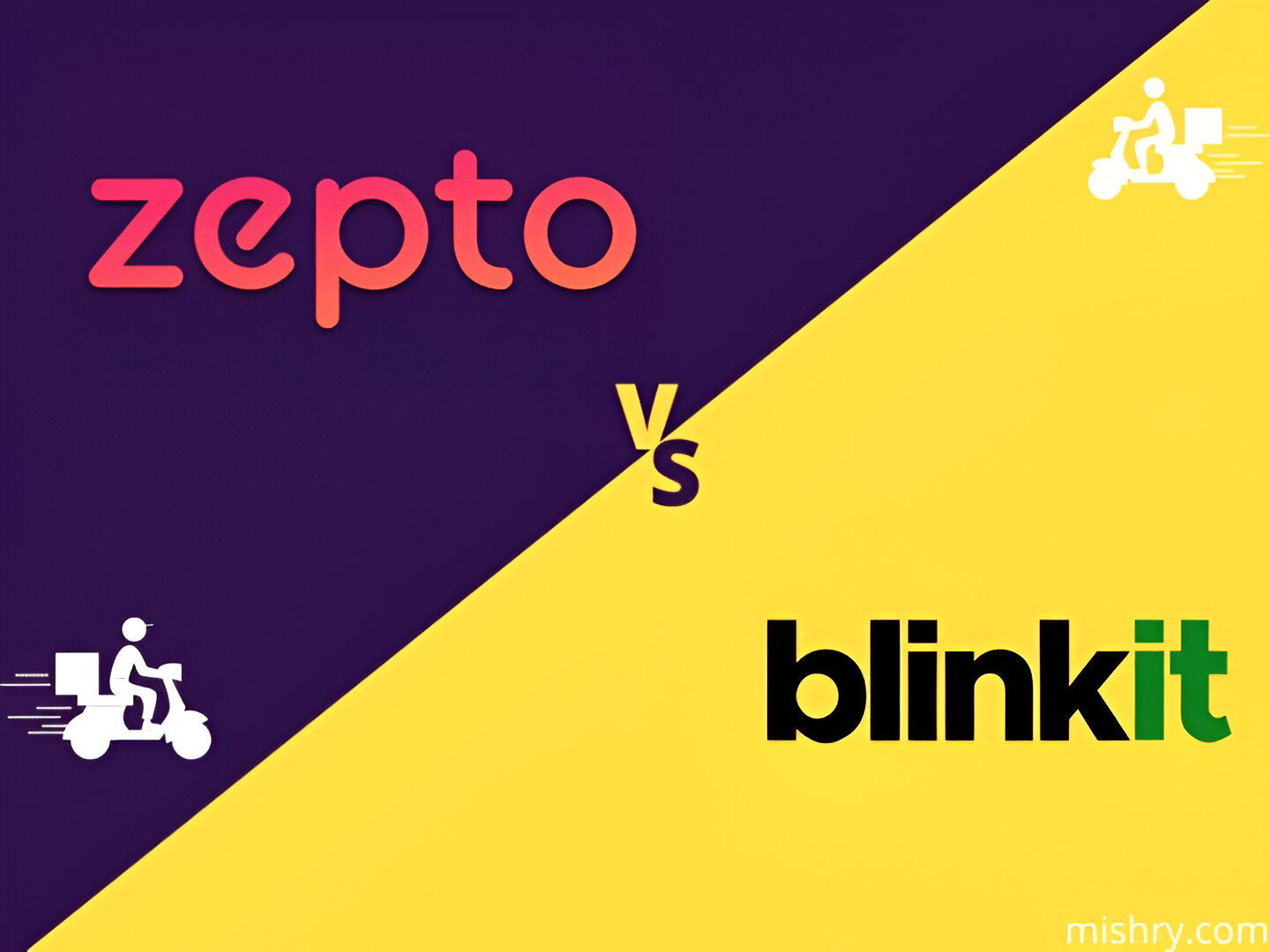
Replies (9)
More like this
Recommendations from Medial
Akshat kumar Jain
Front end developmen... • 1y
Zepto Expands with New ‘SuperSaver’ Service: Aiming to Win the Quick Commerce Race Zepto, known for its 10-minute grocery deliveries, is now expanding its offerings with the launch of SuperSaver. This new service, currently available in Bengaluru, t
See MoreCHINMAYEE SAMAL
Digital Marketing St... • 14d
🚀 Zepto vs Blinkit: Who’s Winning the Quick Commerce Race? When it comes to instant delivery, two giants are dominating India’s hyper-fast market — Zepto and Blinkit. Here’s a quick breakdown: --- ⚡ Delivery Speed Zepto: ⏱️ Famous for consistent
See More
gray man
I'm just a normal gu... • 9m
Tata Sons wants BigBasket to secure up to $1 billion in external funding to reclaim its lost ground in India's quick commerce sector. The grocery delivery platform, owned by Tata Digital, has lagged behind Blinkit, Zepto, and Swiggy Instamart. Ta
See More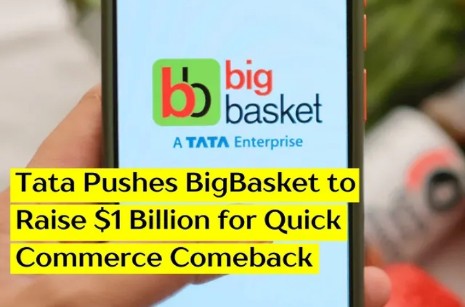
Dr Bappa Dittya Saha
We're gonna extinct ... • 1y
Just Bought Zepto's premium for Rs1!😁 It's really great for people like me who order daily grocery from blinkit or instamart!😃 I was paying food delivery and grocery also! I don't need that!😑 And I guess most household cook food rather than orderi
See MoreRohit Patidar
Founder of Infinito ... • 12m
Zepto vs. Blinkit: Who Will Win the Quick Commerce Race? Hey everyone, Quick commerce is booming, and Zepto has been making waves with its 10-minute delivery promise. Blinkit, on the other hand, is already a big player in this space. What do you th
See MoreDownload the medial app to read full posts, comements and news.



